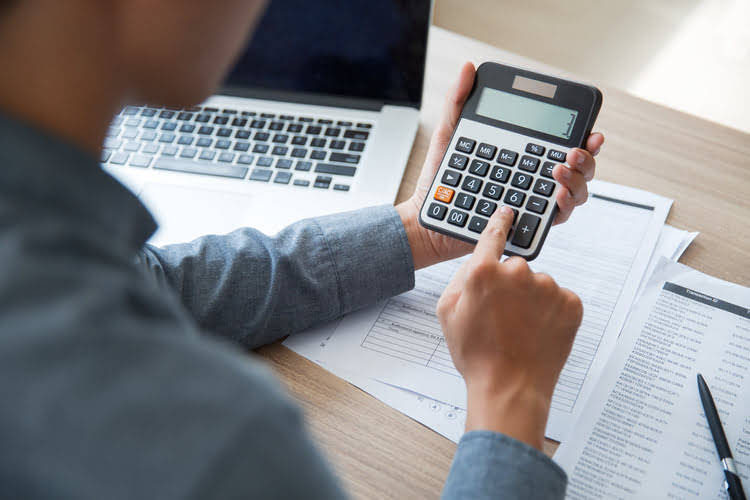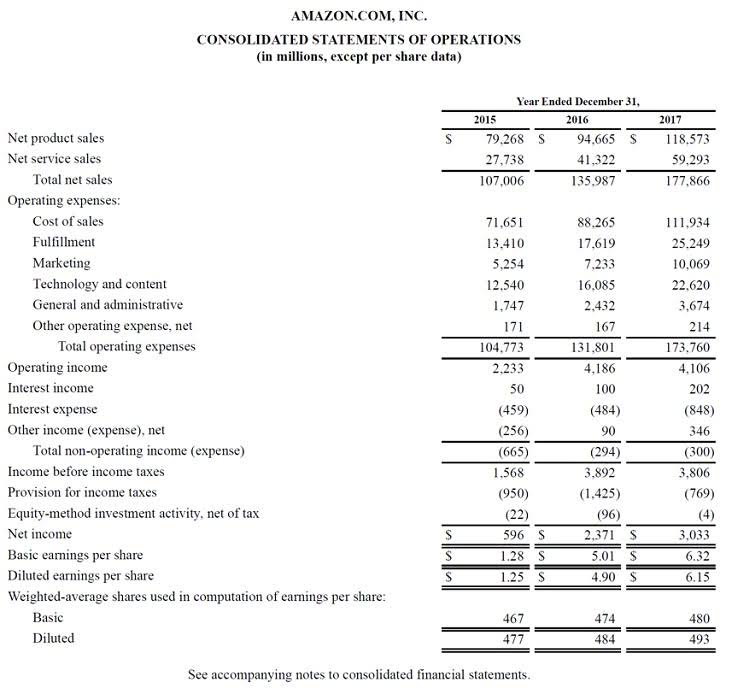
Thus, companies often depreciable assets use depreciation—an accounting method that spreads these big-ticket expenses over time. Depreciation is the recovery of the cost of the property over a number of years. You deduct a part of the cost every year until you fully recover its cost.

Useful Life

Businesses can deduct depreciation costs in many countries when calculating their income taxes. This can lead to significant savings for businesses, which can help them reinvest in other areas of their operations. If you use a vehicle or piece of equipment exclusively for business, you can claim depreciation on that asset. However, if you drive a car for work and for personal use, you can only claim depreciation on the business portion of your tax return (for example 60% of the cost).
What is the Taxpayer Advocate Service?

However, if you change the property’s use to use in a business or income-producing activity, then you can begin to depreciate it at the time of the change. You place the property in service in the business net sales or income-producing activity on the date of the change. If you bought the stock after its first offering, the corporation’s adjusted basis in the property is the amount figured in (1) under Cooperative apartments, earlier. The FMV of the property is considered to be the same as the corporation’s adjusted basis figured in this way minus straight line depreciation, unless the value is unrealistic.
- You must depreciate it using the straight line method over the ADS recovery period.
- The Section 179 deduction allows you to immediately expense the total cost of qualifying assets up to the IRS limit ($1,160,000 in 2024).
- Dive into the specifics to ensure your business maximizes these new opportunities.
- Real estate investments march to their own depreciation drumbeat, presenting unique advantages for investors.
- If you used listed property more than 50% in a qualified business use in the year you placed it in service, you must recapture (include in income) excess depreciation in the first year you use it 50% or less.
- Straight-line offers predictable, equal deductions throughout the asset’s useful life.
Common Depreciable Property Classes: A Guide to Understanding and Maximizing Tax Benefits

Remember, MACRS also allows for “bonus” depreciation under certain conditions, permitting businesses to deduct a substantial portion of the purchase price of qualifying assets in the first year of service. Understanding and applying MACRS correctly can lead to substantial tax savings, supporting your business in achieving an optimized financial position. Beyond the balance sheet, property taxes may be impacted by depreciation, as they are often calculated based on the current value of property, including both tangible and, at times, intangible assets.
Depreciation is an annual income tax deduction that allows you to recover the cost or other basis of certain property over the time you use the property. It is an allowance for the wear and tear, deterioration, or obsolescence of the property. In the early days of what is now modern, authoritative GAAP, paras. This is no longer debatable, as it remains clear in the Accounting for Technology Companies literature that the latter is the case, assuming use of the cost basis of accounting. This asset’s salvage value is $500, and its useful life is 10 years.
